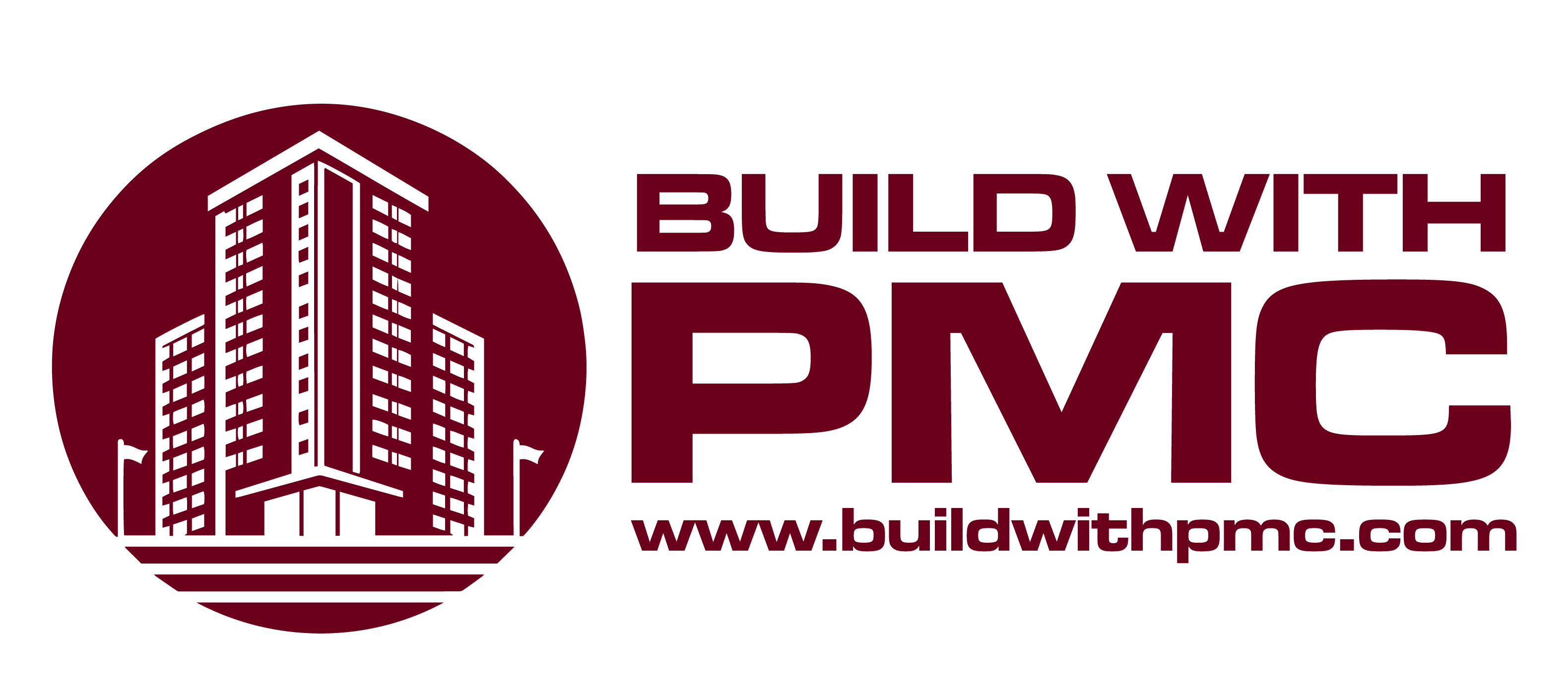In industries where efficiency and precision are paramount, the design and implementation of process piping play a crucial role. From manufacturing plants to chemical facilities, effective process piping ensures smooth operations and optimal resource utilization.
Understanding the Importance of Process Piping
Process piping forms the backbone of industrial operations, facilitating the transportation of fluids, gases, and other materials essential for production processes. A well-designed piping system not only enhances operational efficiency but also minimizes downtime and reduces maintenance costs.
Key Considerations in Designing Process Piping
Material Selection:
Choosing the right materials is fundamental to the longevity and performance of a piping system. Factors such as corrosion resistance, temperature tolerance, and compatibility with the transported materials must be carefully evaluated. Selecting the appropriate materials for process piping is a critical decision that directly impacts the performance, longevity, and safety of industrial operations. Each component of the piping system, from pipes and fittings to valves and supports, must be carefully chosen based on specific operational requirements and environmental conditions.
Layout and Routing:
The layout of process piping should be optimized to minimize friction losses, pressure drops, and unnecessary bends. Strategic routing ensures efficient flow dynamics and ease of maintenance. The layout and routing of process piping systems are crucial aspects that directly impact operational efficiency, maintenance costs, and overall productivity in industrial settings. A well-designed layout not only facilitates the smooth flow of materials but also minimizes energy losses, pressure drops, and potential hazards.
Safety and Compliance:
Compliance with industry standards and regulations is non-negotiable. Process piping must meet safety codes to prevent leaks, spills, and other hazards that could jeopardize both personnel and the environment. Safety and compliance are paramount in the design, installation, and operation of process piping systems across various industrial sectors. By adhering to stringent safety standards and regulatory requirements, organizations can mitigate risks, protect personnel, and safeguard the environment.
Implementing Efficient Practices
Regular Maintenance:
Scheduled inspections and preventive maintenance routines are essential to detect potential issues early and avoid costly repairs or replacements. Regular maintenance is not just a reactive measure but a proactive strategy to enhance the reliability, efficiency, and safety of process piping systems. By prioritizing regular inspections, cleaning, testing, and training, organizations can optimize their operations and achieve long-term success in industrial environments.

Automation and Monitoring:
Incorporating automation technologies and monitoring systems enhances operational visibility and enables proactive maintenance strategies. Automation and monitoring technologies play a pivotal role in modernizing and optimizing process piping systems across various industrial sectors. By integrating advanced automation solutions and real-time monitoring capabilities, organizations can improve operational efficiency, enhance safety, and achieve higher levels of productivity.
Training and Skills Development:
Equipping personnel with the necessary skills and knowledge ensures safe operation and efficient handling of process piping systems. Training and skills development are foundational to maintaining high standards of performance, safety, and efficiency in process piping operations within industrial environments. Investing in comprehensive training programs ensures that personnel possess the expertise and proficiency needed to operate, maintain, and optimize complex piping systems effectively.
Case Studies and Success Stories
Highlighting real-world examples where efficient process piping has led to significant improvements in productivity, cost savings, and environmental impact can provide valuable insights and inspiration for industry professionals. Examining case studies and success stories provides valuable insights into how efficient process piping practices have significantly transformed operations, enhanced productivity, and achieved notable benefits across various industries.
Conclusion
Efficient process piping is not just about connecting pipes; it’s about optimizing workflows, maximizing productivity, and ensuring safety and compliance. By adhering to best practices in design, implementation, and maintenance, industries can streamline operations and achieve sustainable growth.
Contact us today at PMC INC located at 14563 Manzanita Dr, Fontana, CA 92335 Southern California to learn how our expertise in process piping can help your industrial operations thrive. For anyone involved in industrial operations, mastering the art of efficient process piping is a cornerstone of success in today’s competitive landscape.




